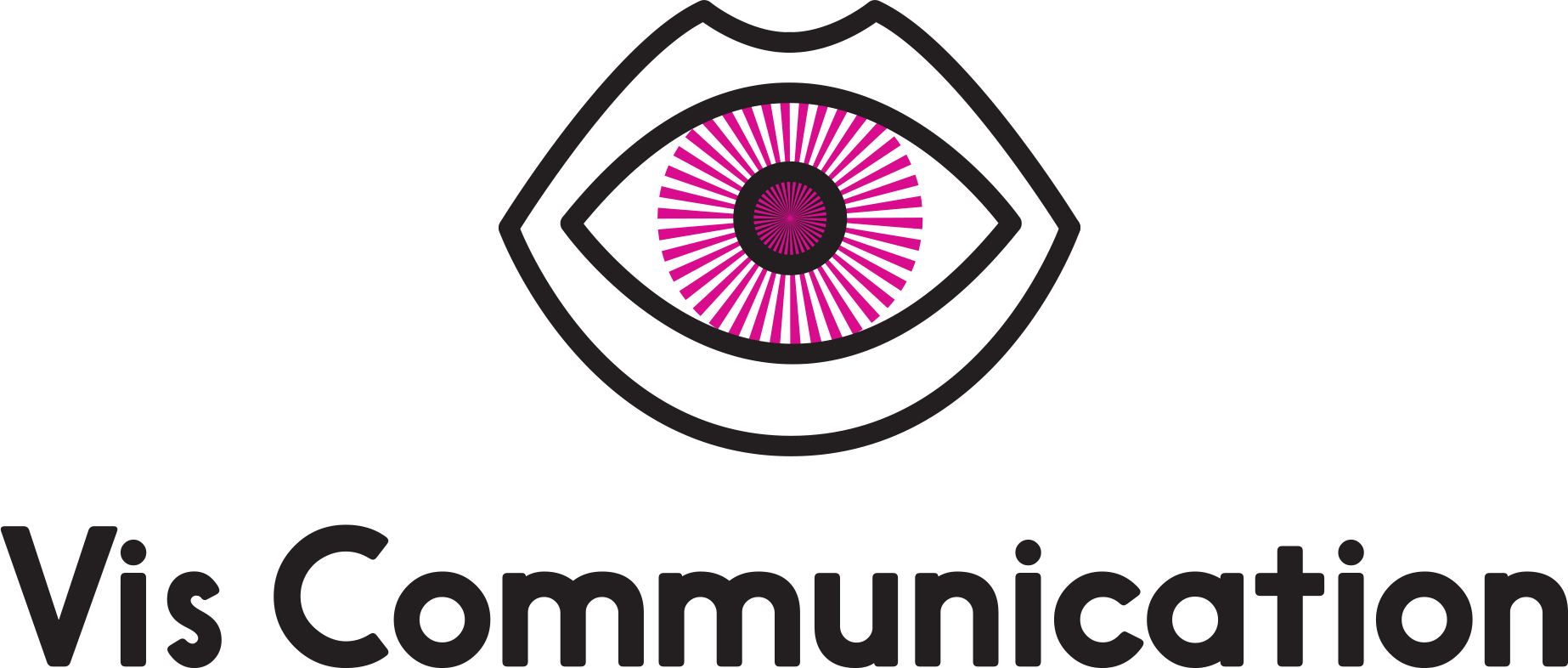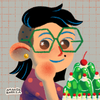Two Lies And A Truth
Photography can be used to lie, tell a truth or sometimes just be silly.
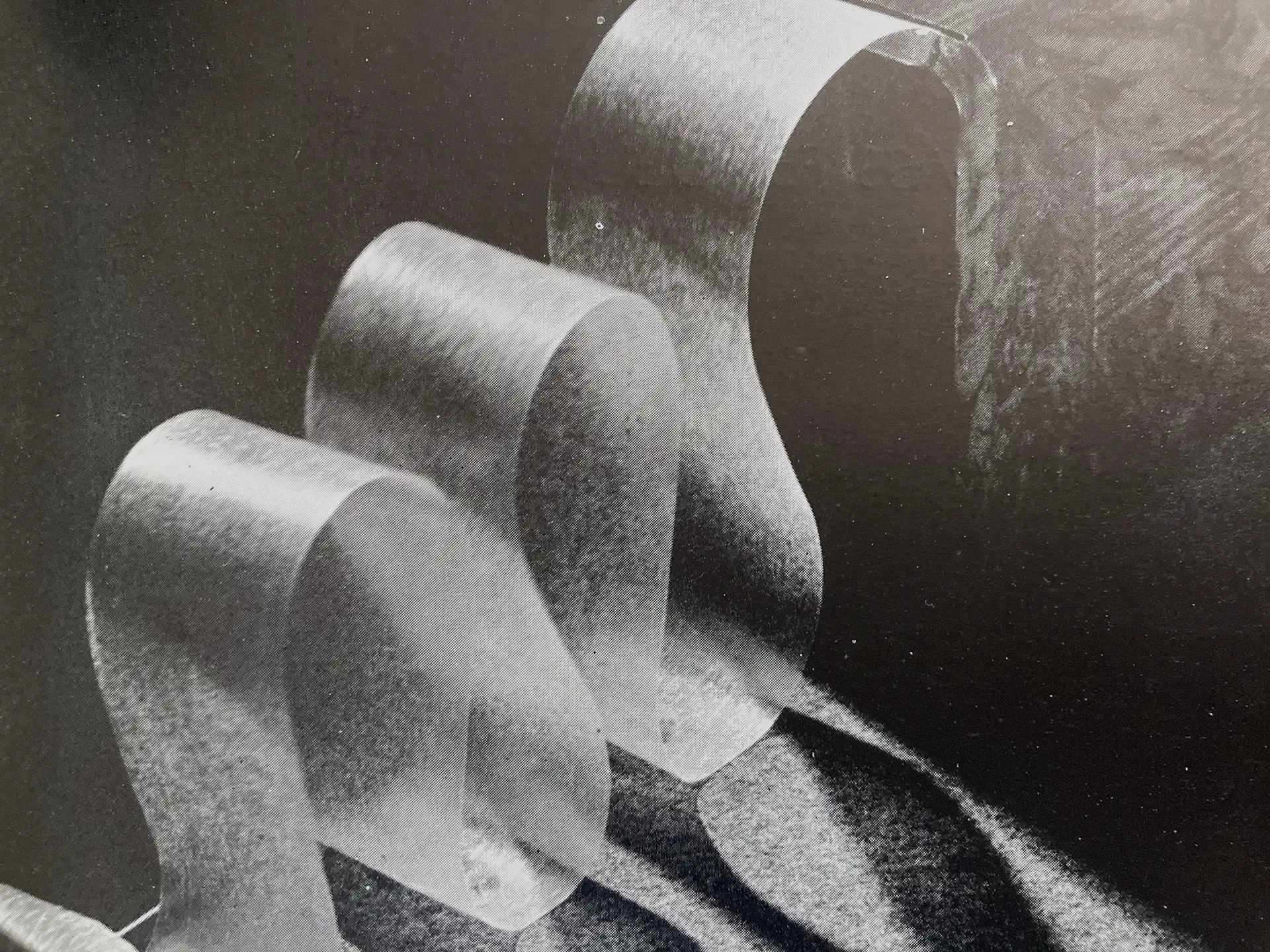
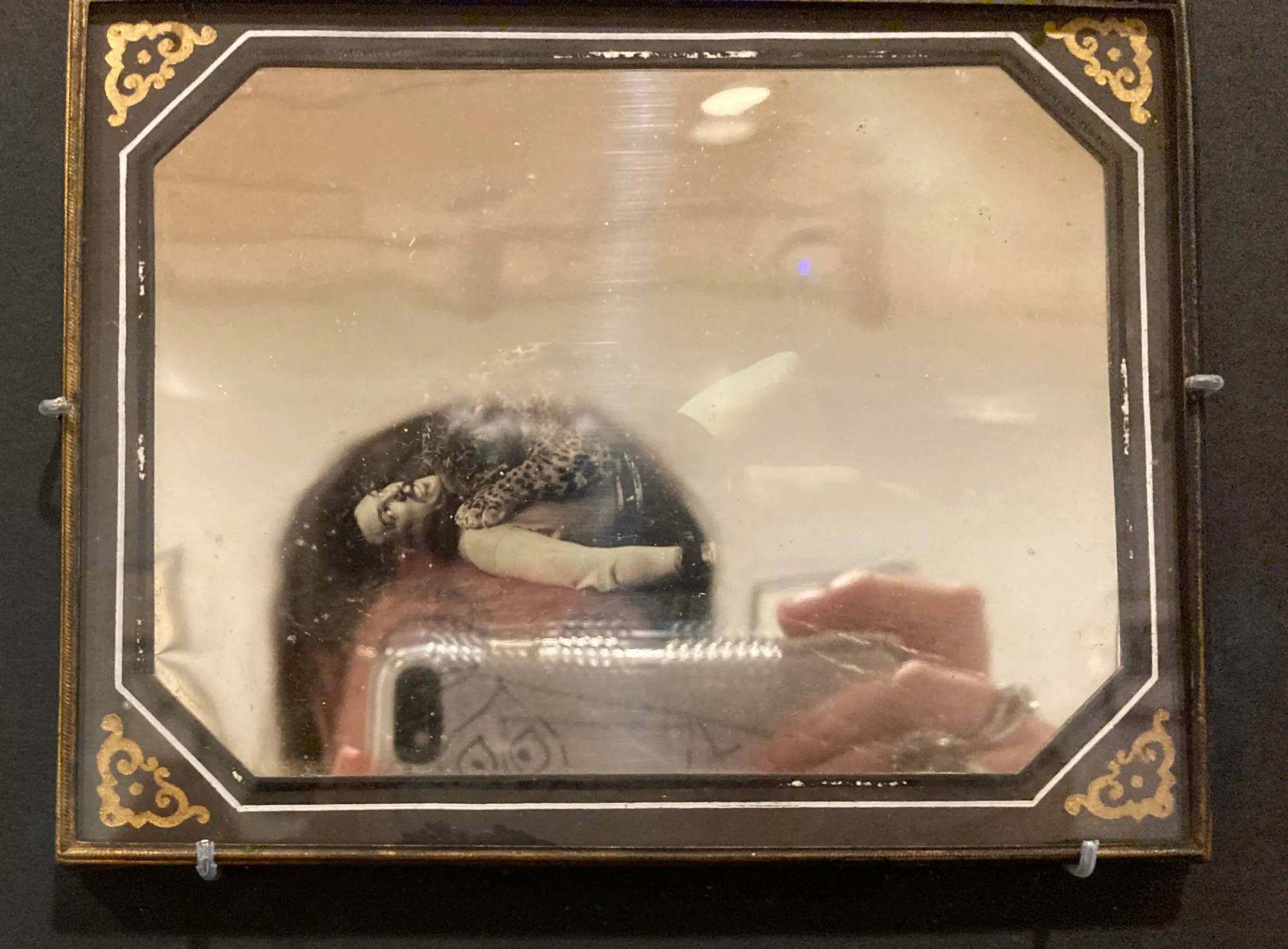
I took a very, very bad picture of this Daguerreotype at the Art Institute. If it's still hard to see, it's a man playing dead while a trained jaguar sits on top of him, having "killed" him. Originally, I wanted to write a post about how to tell a Daguerrotype from an Ambrotype and tintype (nerd test). I like estate sales and find that they are often mislabeled, whether accidentally or intentionally. But I listened to the Cautionary Tales podcast, "True Lies and Genuine Fakes" and thought that talking about how photography can tell both truth and lies (and even silly lies) was actually more in the spirit of the image.
A Silly Lie
The image above proves that around 24 years after the first permanent photograph, and as expensive as it was, people want to do things that are fun or silly or attempt to fool people. Or all three. For example this really scary log:
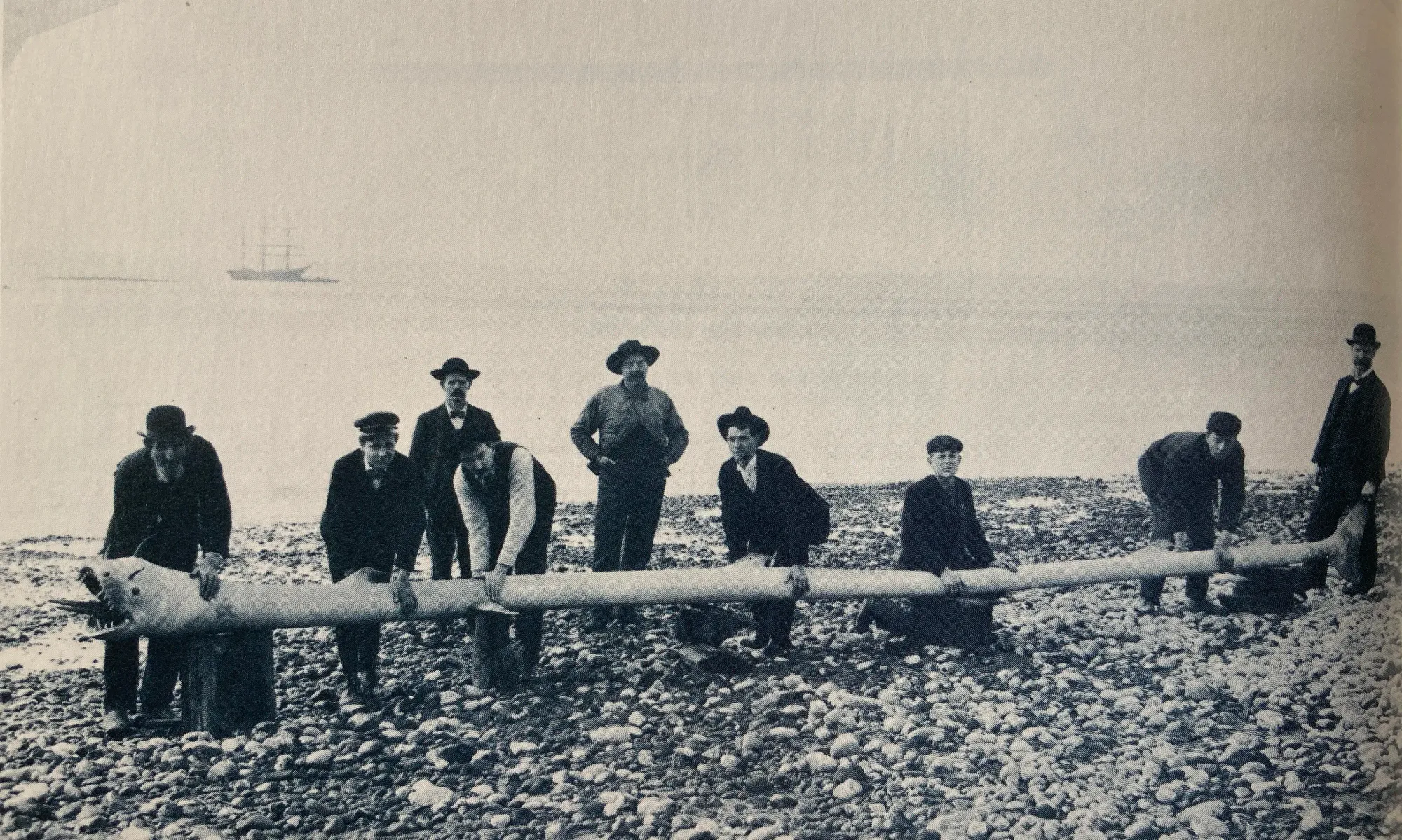
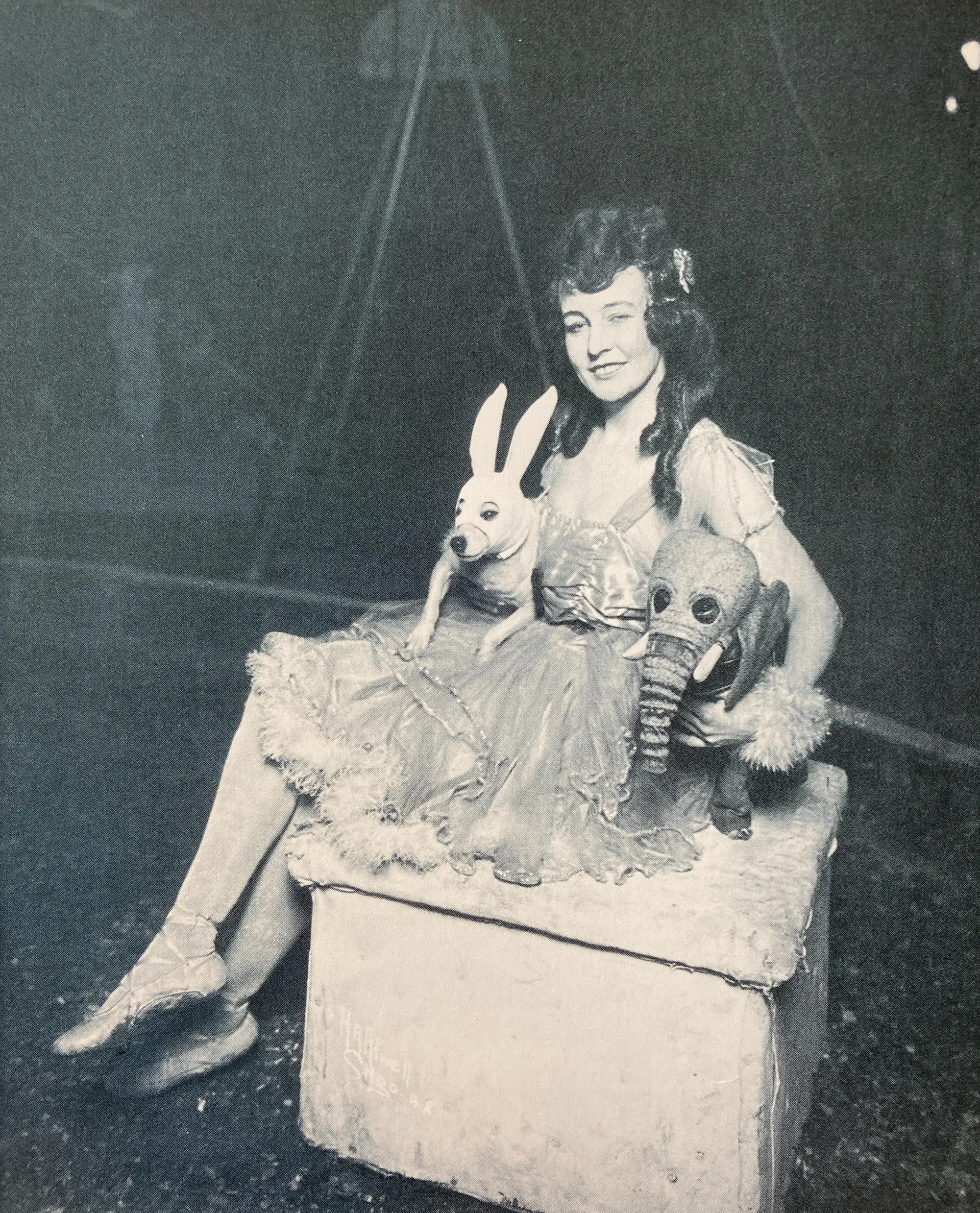
A Lie
Nothing is skeevier to me than a before/after image. Particularly when it comes to cosmetics and skincare. But that is no means the only place. Here are two lies and a truth:
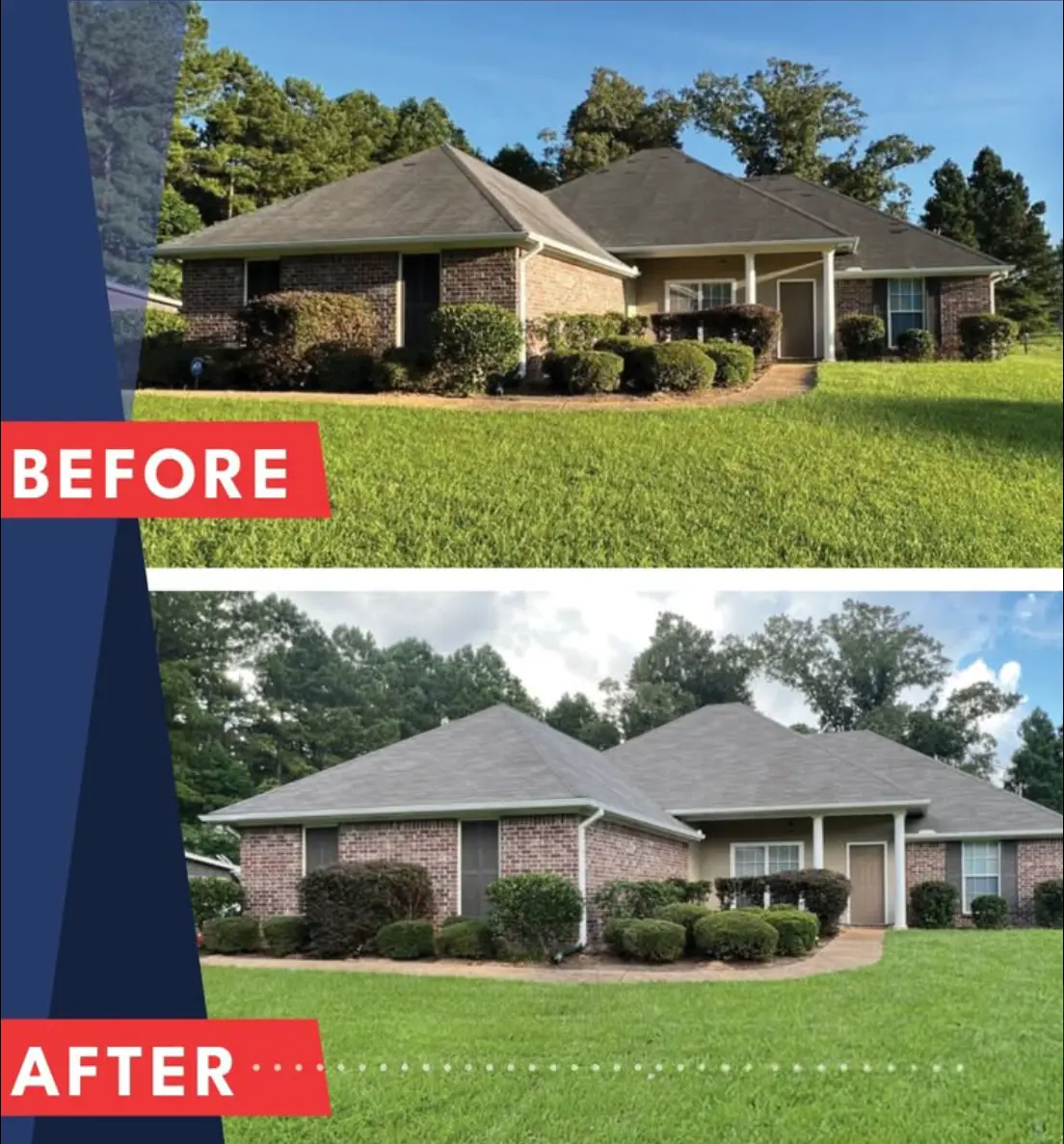
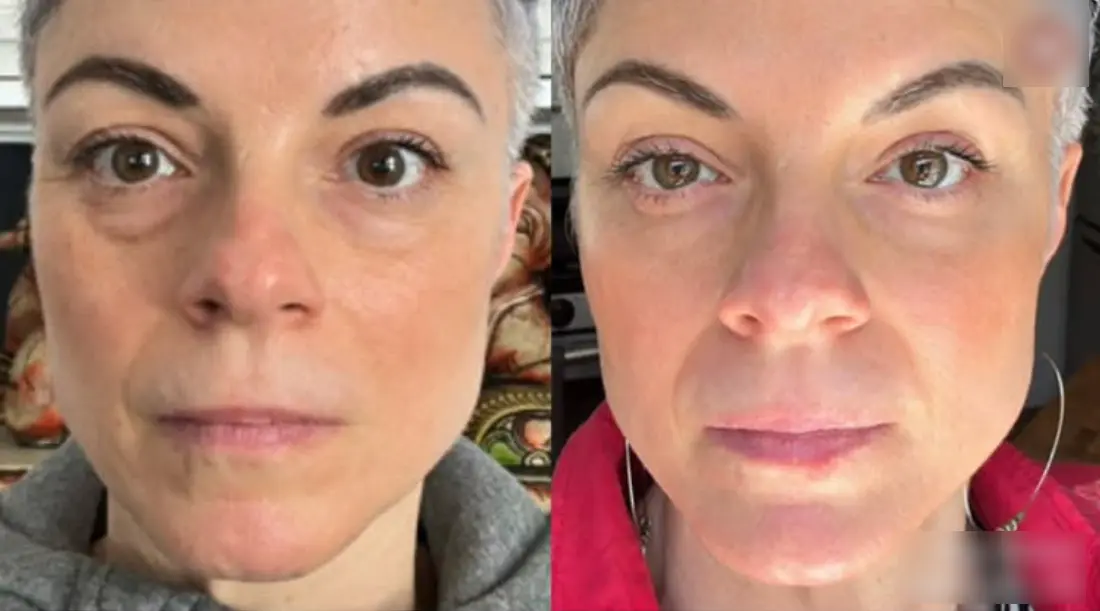
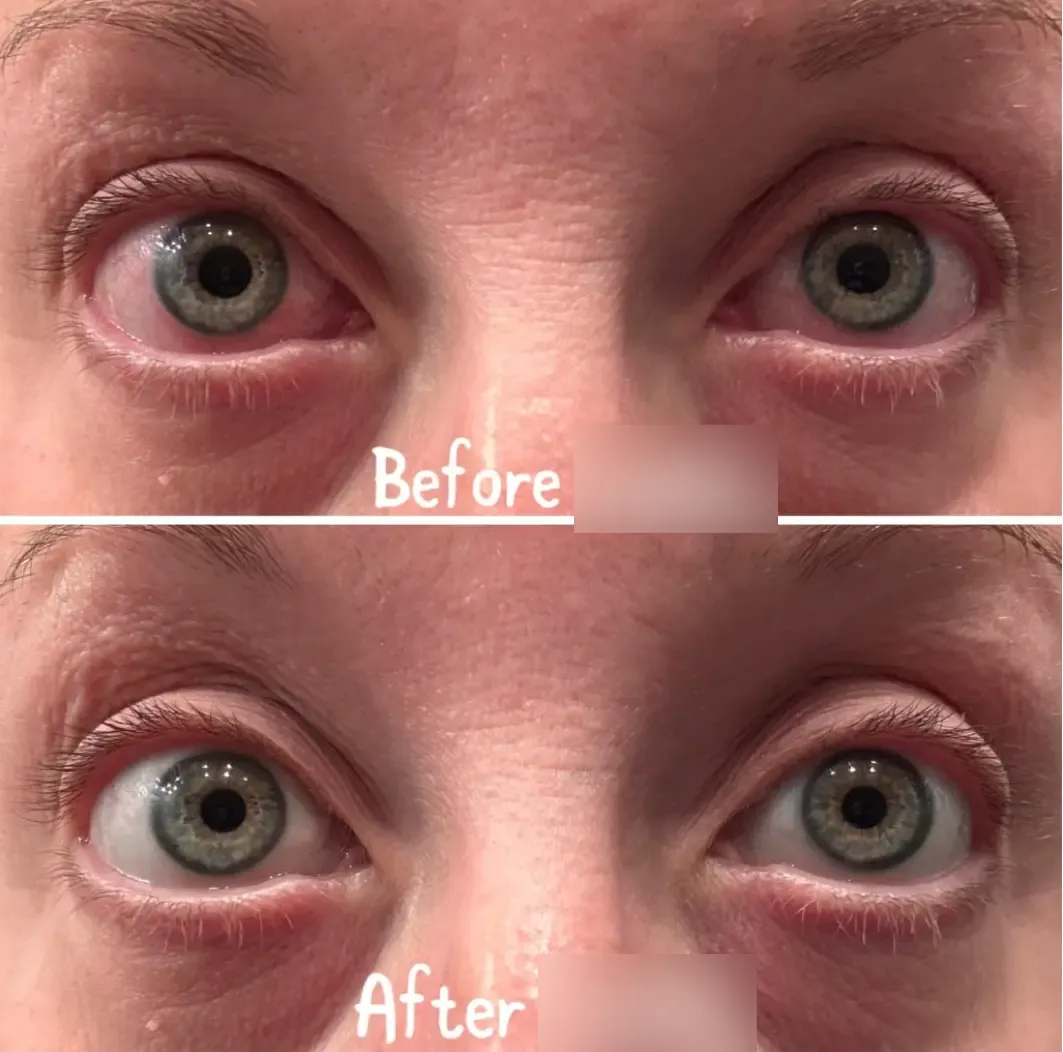
Anytime the lighting is different from one to another, they are trying to make the After look better than it is. Very often I notice that in the After the person will have on makeup or nicer clothes, or in the example here a brighter color and jewelry. Often, the person will be smiling in the After. If you remove those things, I don't see anything different about her face. The house is the same thing – I cannot tell one thing different other than the lighting which dramatically changes the contrast and the warmth. In a lot of ways, the Before looks better to me. In the eyes example, here is finally a real comparison where nothing changes except the result of the eye drops. That in itself could be suspicious if the same image was used and retouched to show the After. But there are tells here that that's not what happened.
A Truth
Sometimes the goal is the truth – or at least to be as neutral as possible as with crime scene photography. These are from crime scene photography in NY from 1914-1918. I chose a couple less gruesome examples, but generally the body is centered and a flash used. There is some surrounding context included, and sometimes an additional image of the room itself. The more in-your-face images are often shot from directly above the body using a tripod and ladders for the most straightforward image possible.
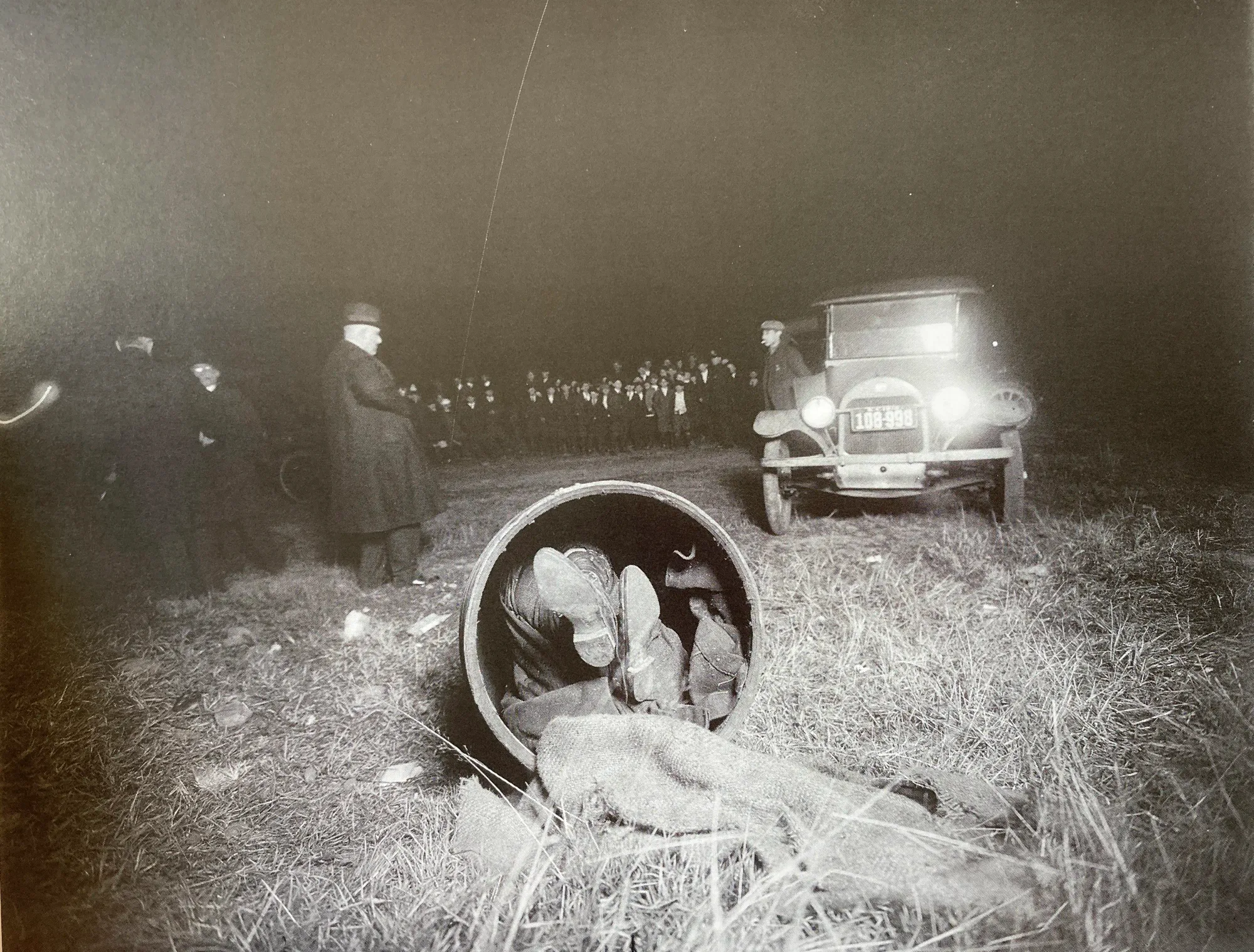
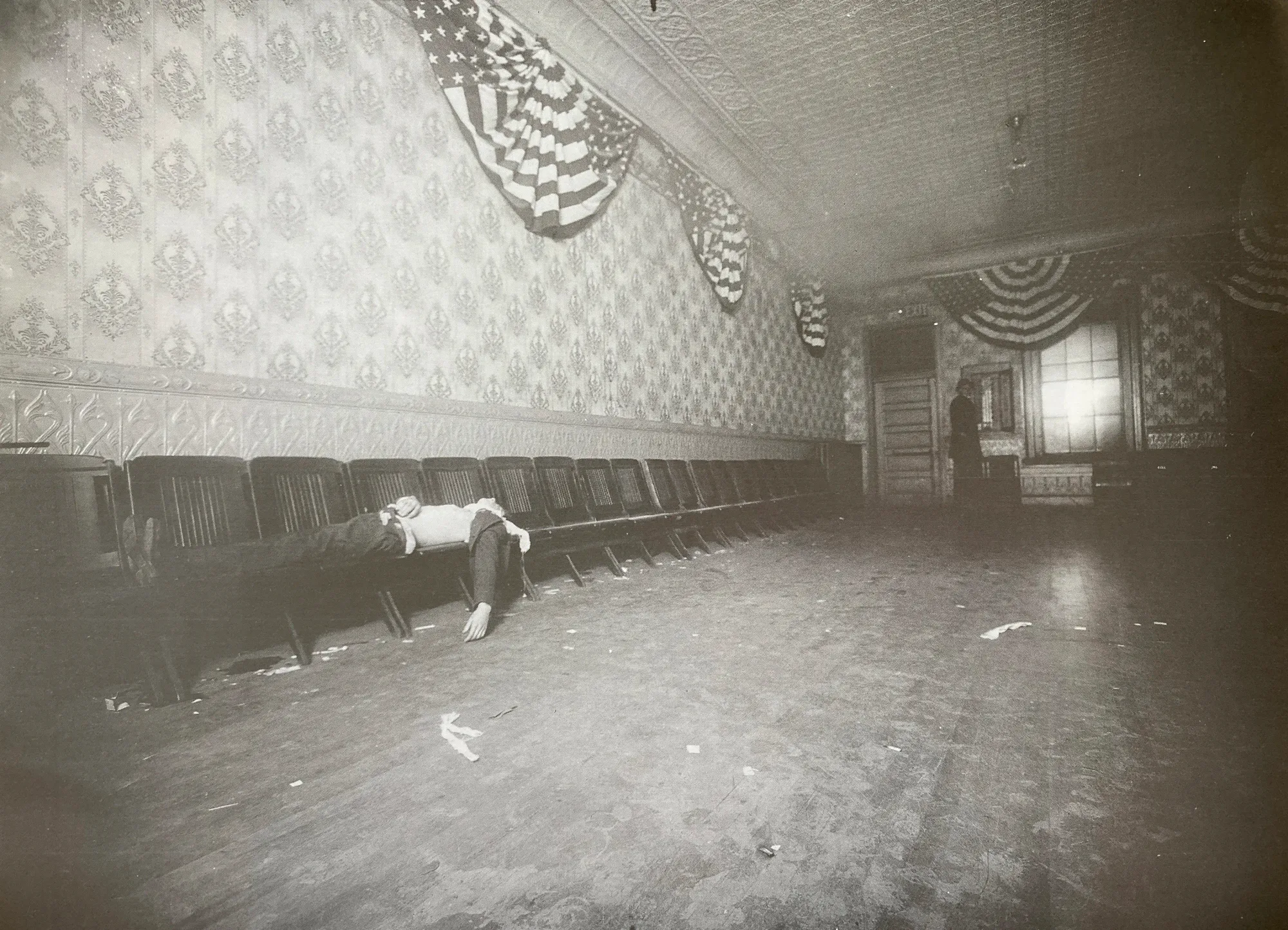
There is probably more to say about truth and lies in image making today, but it's not really a new thing. I haven't touched on art photography which is always seeking to tell a truth, even if it gets there by way of a lie. The podcast linked at the beginning of this post is a great start.
For further reading about how we perceive photography, I cannot recommend enough Believing Is Seeing. "Academy Award-winning director Errol Morris turns his eye to the nature of truth in photography." A really fascinating breakdown of some well known, and not so well known, images.

